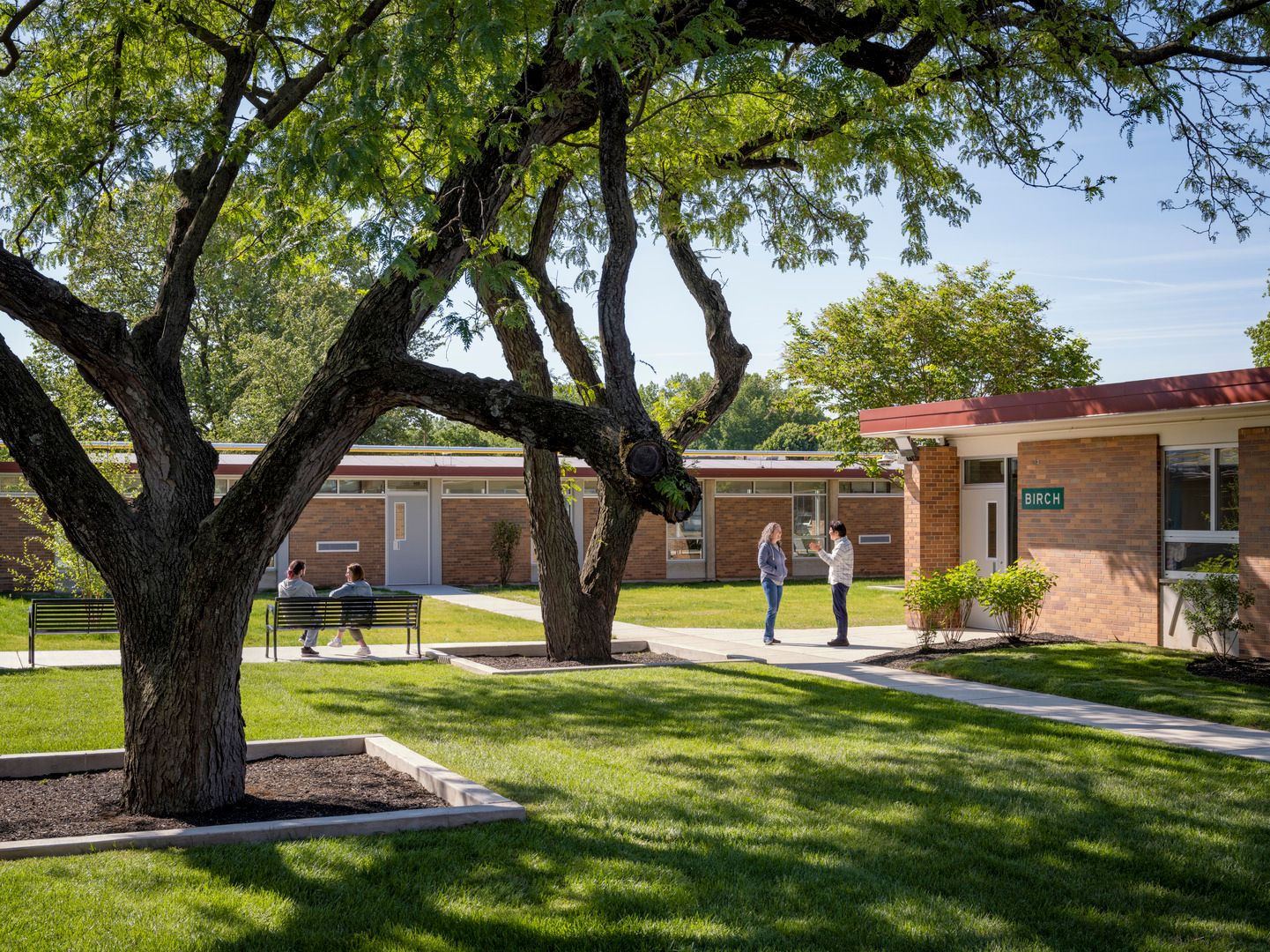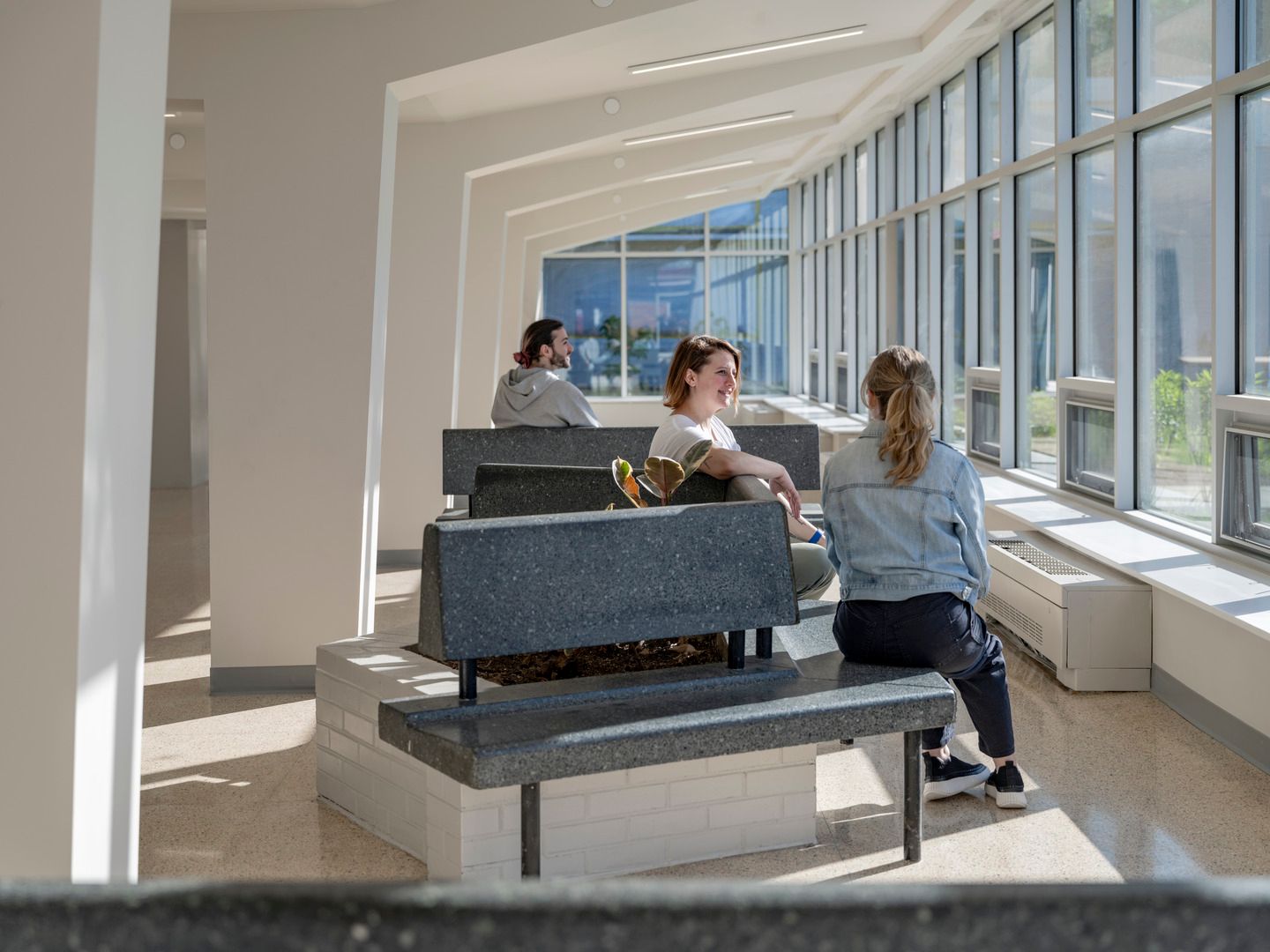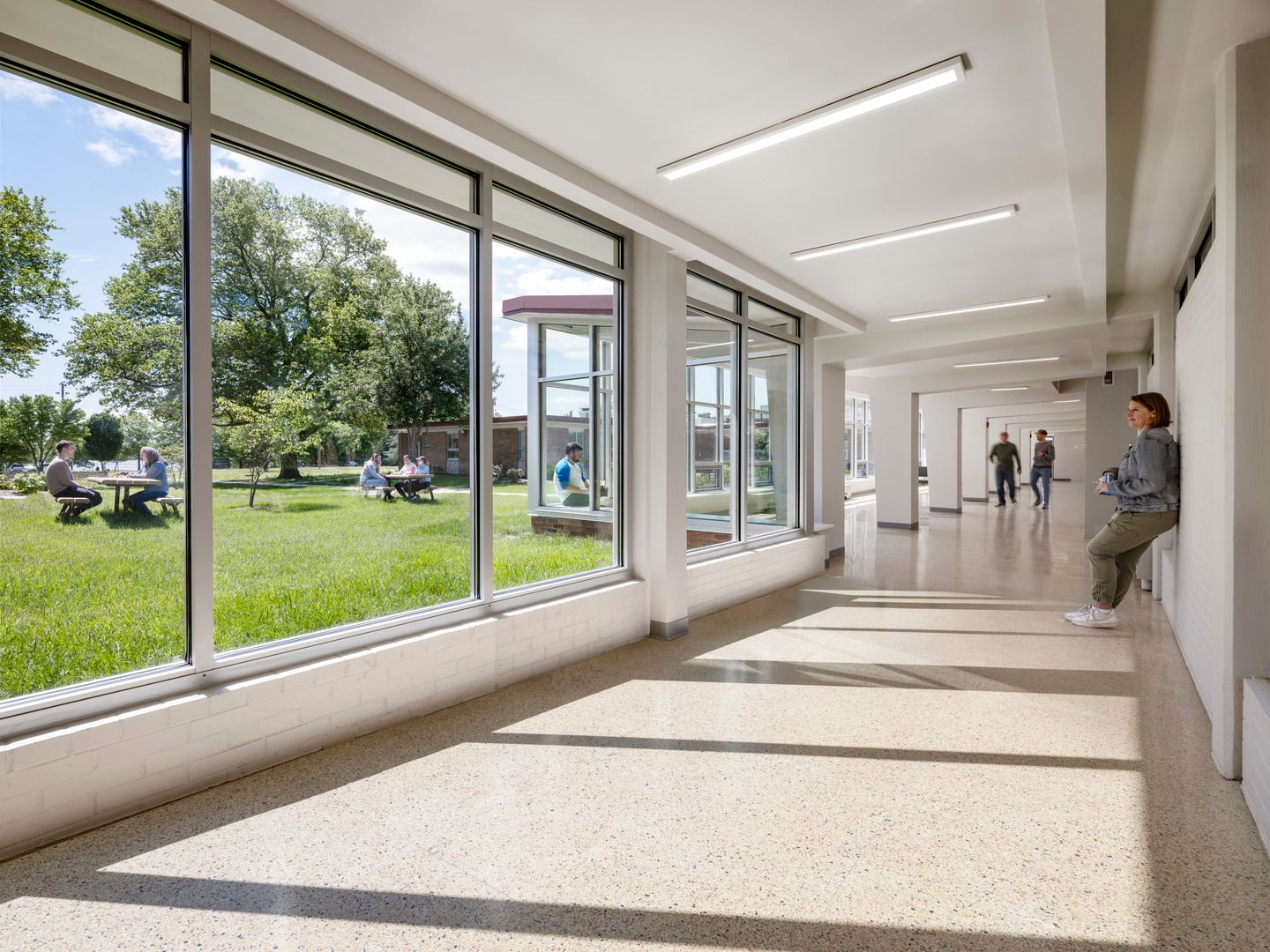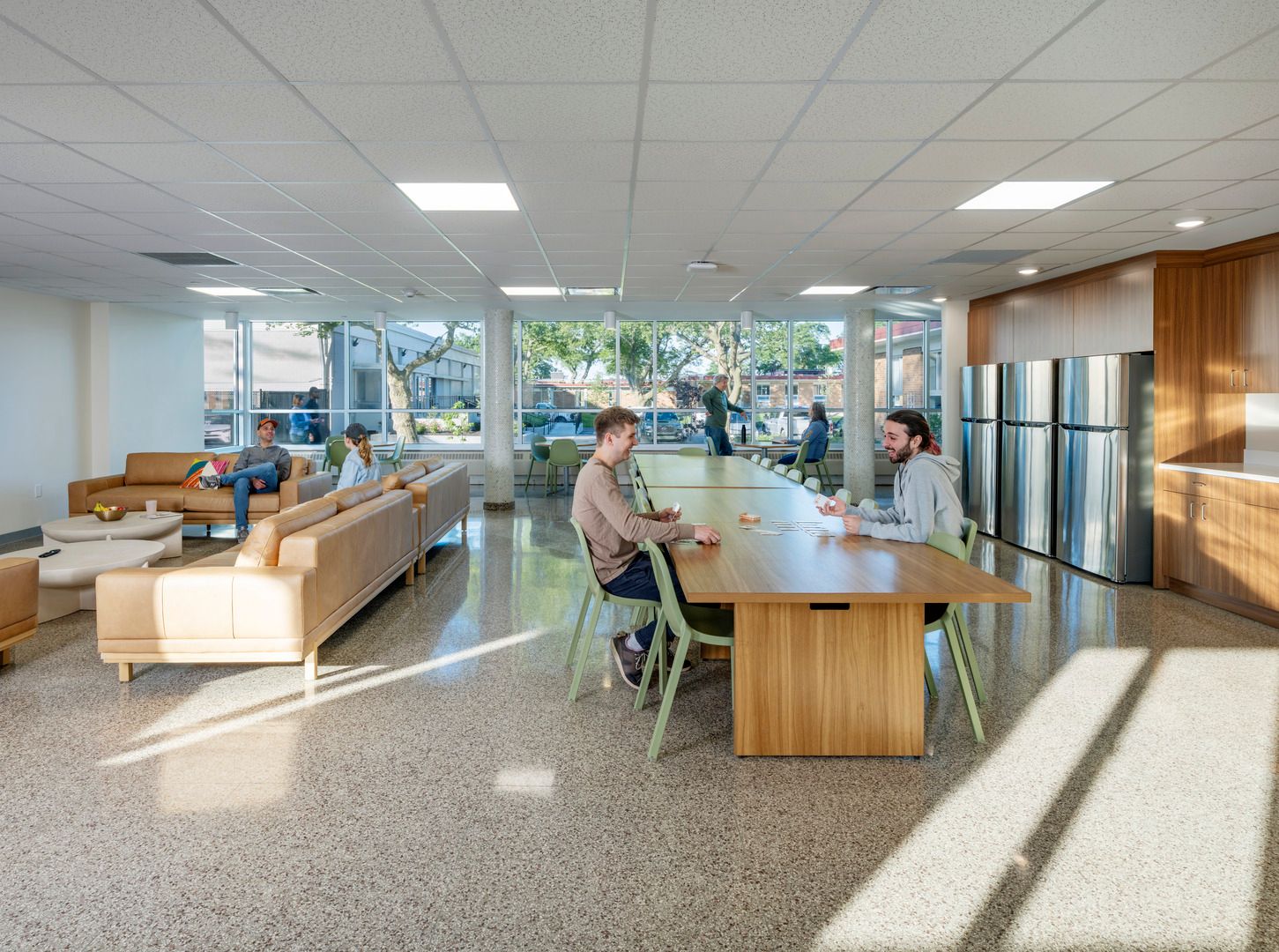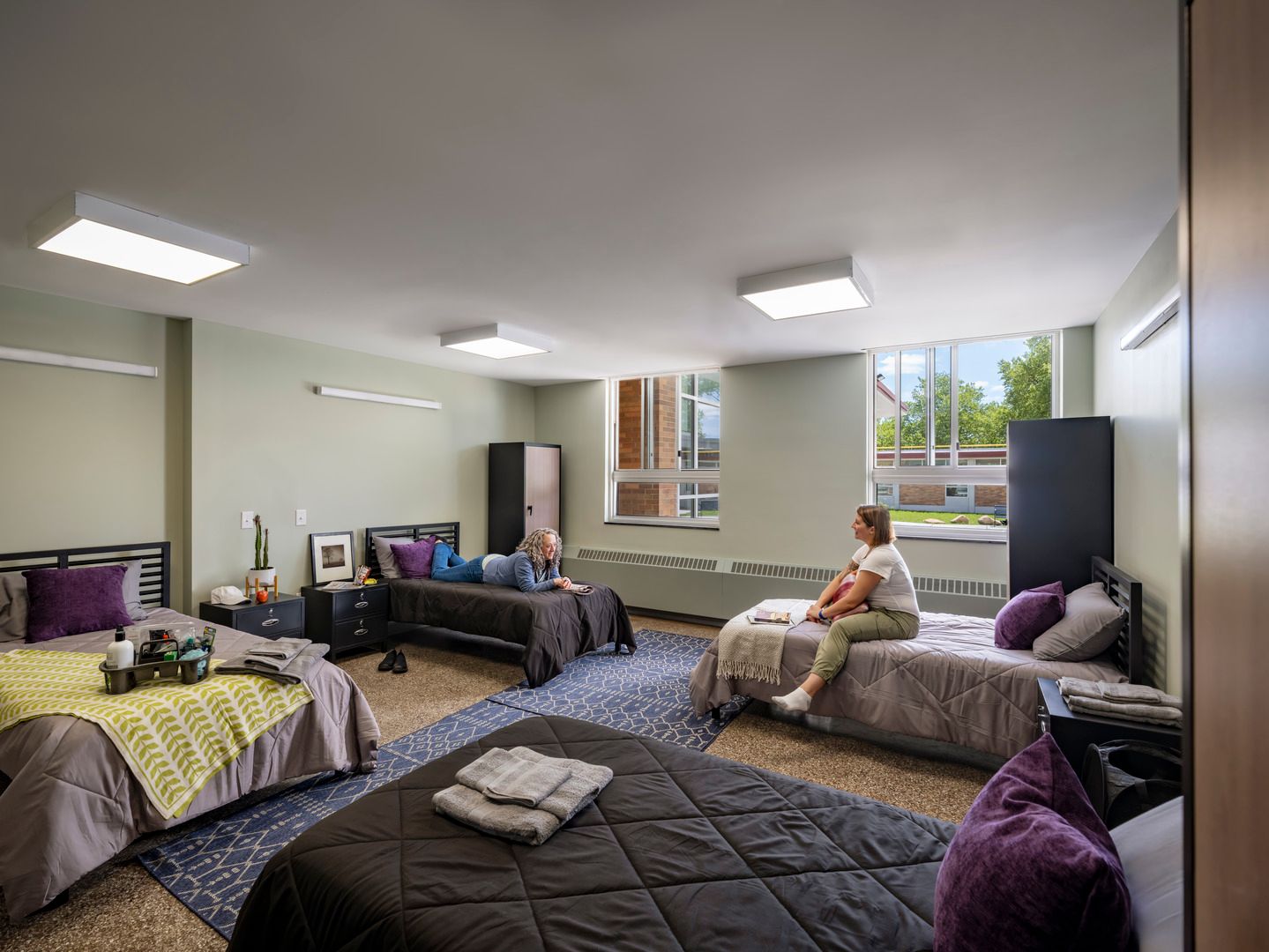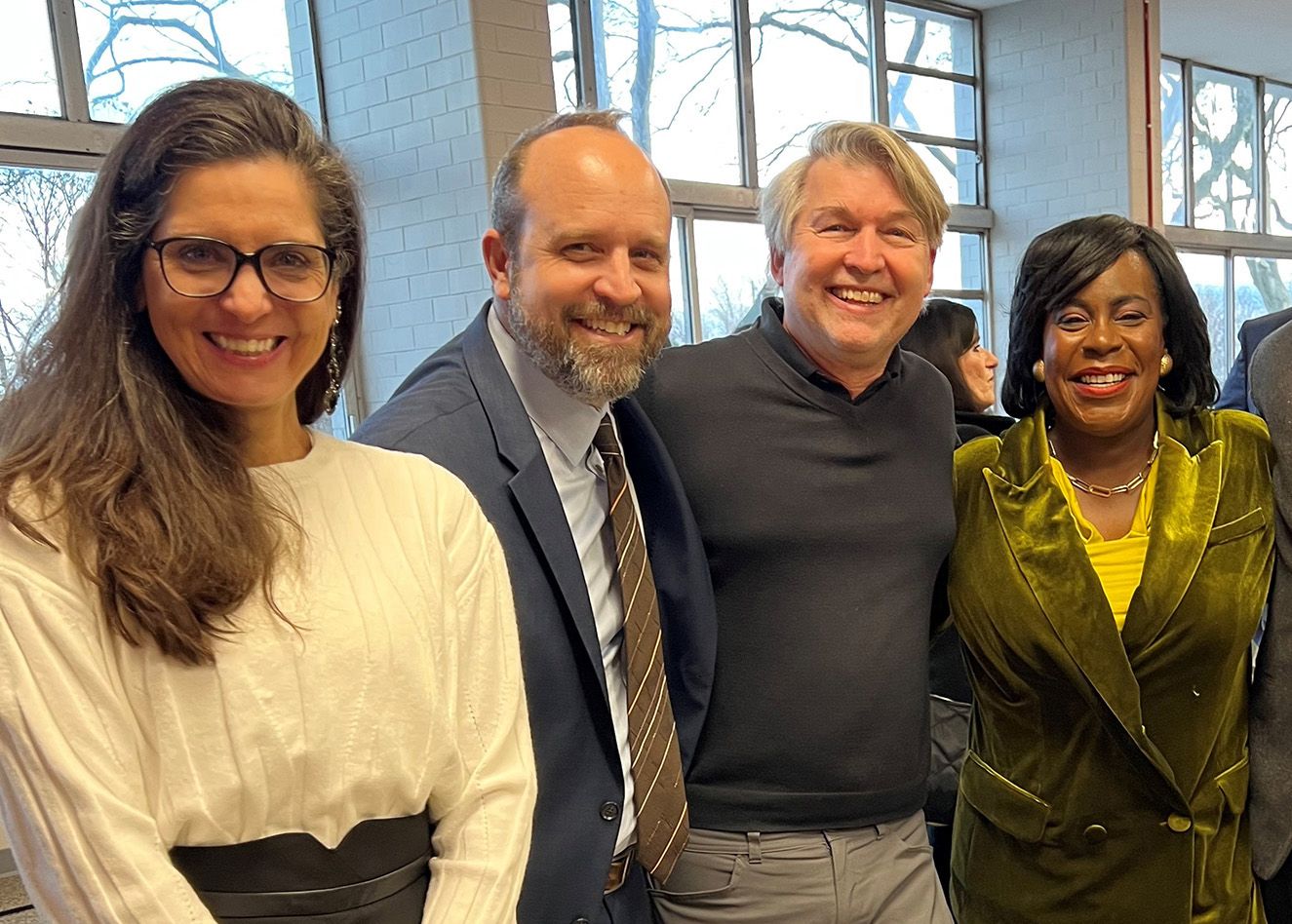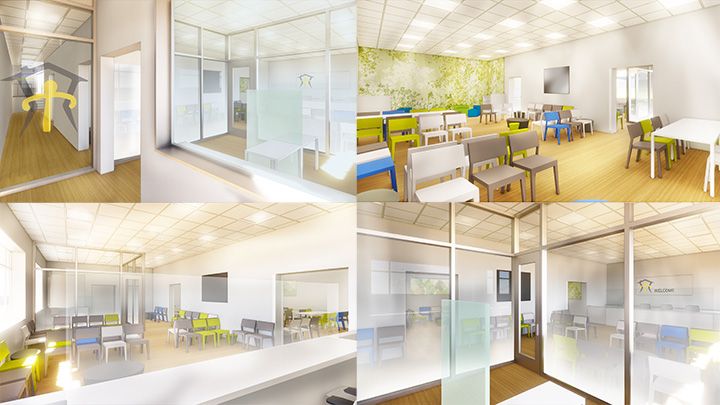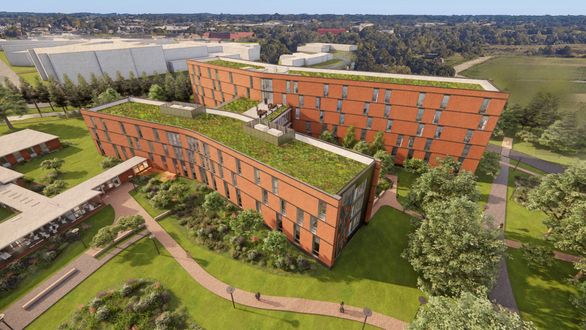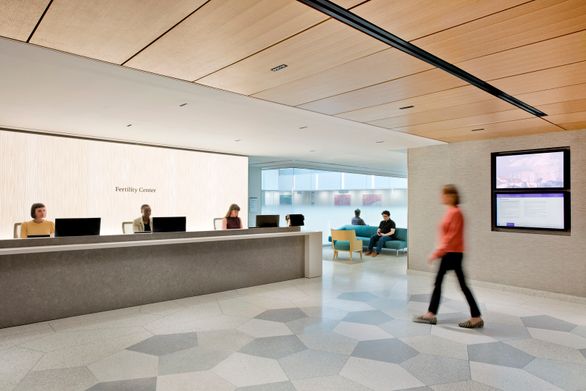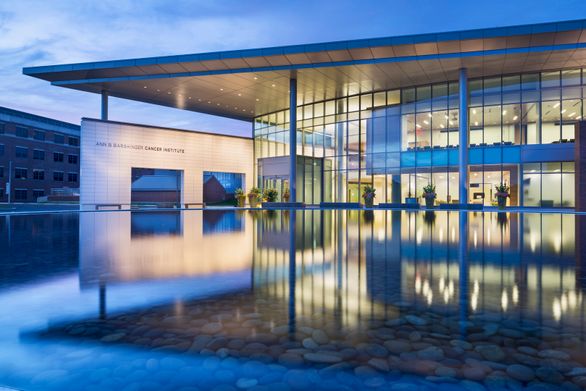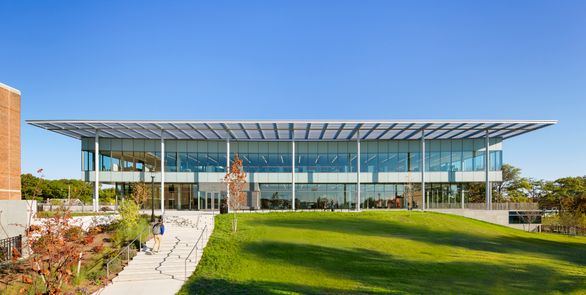City of Philadelphia
Sustainable and Dignified Recovery Housing
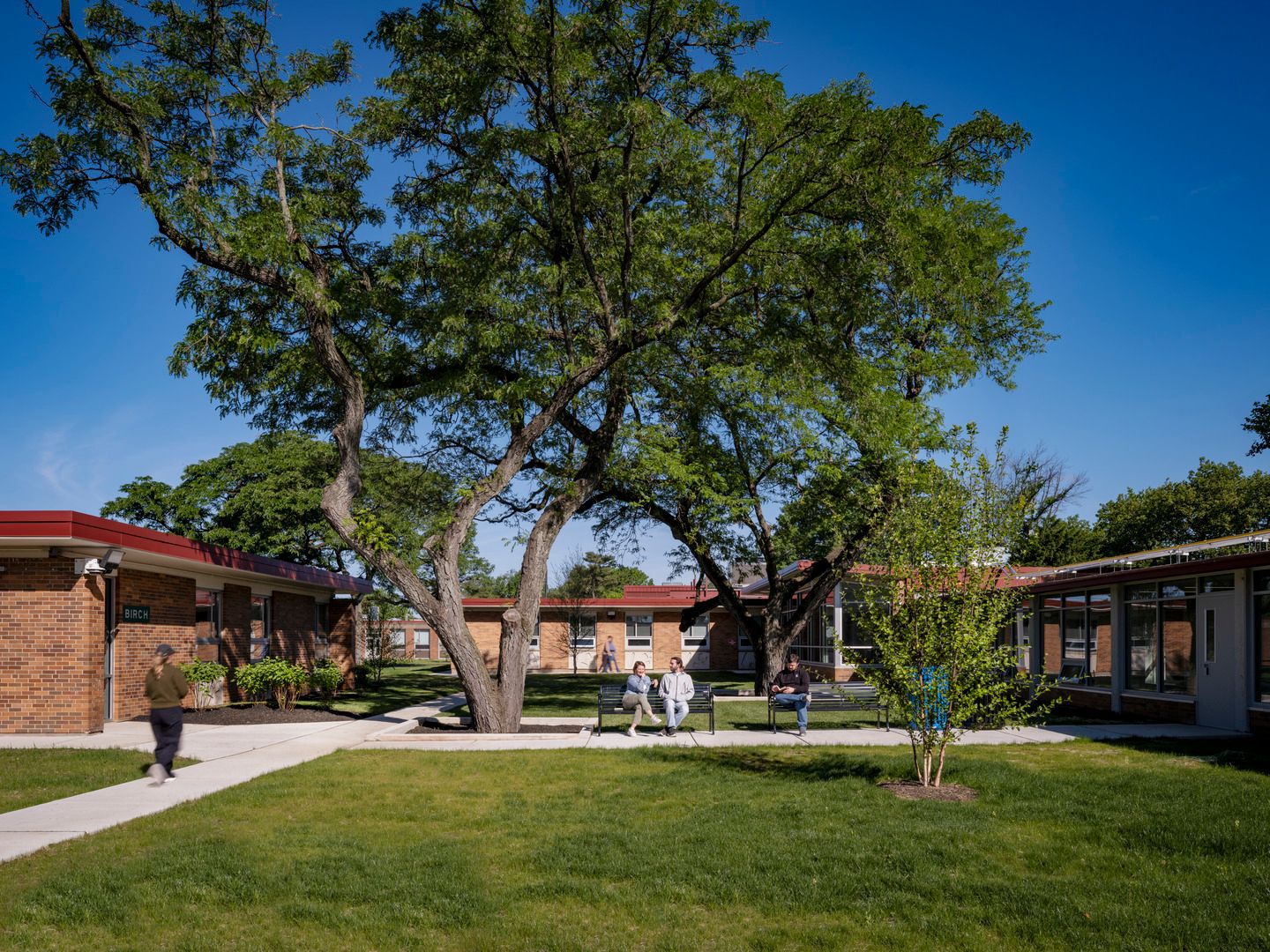
City of Philadelphia
Riverview Wellness Village Meeting House and Cottages
Riverview Wellness Village is a multi-phase renovation and addition to transform a historic site into a pioneering model for recovery housing and support. Conceived as part of the City of Philadelphia’s Wellness Ecosystem Initiative, the Village addresses a critical gap identified by the Department of Health and Human Services: the need for dignified, supportive housing for individuals exiting inpatient substance use disorder treatment.
The site – 19 acres along the Delaware River in Northeast Philadelphia – has provided housing for underserved populations since the 1800s. Originally constructed in 1956 and expanded in 1964, the campus was an early example of biophilic design, with skylights in every cottage to bring in natural light and easily accessible outdoor areas. Ballinger’s renovation of four cottages and the central meeting house created 204 beds, jumpstarting the city’s ability to support people in recovery.
key information
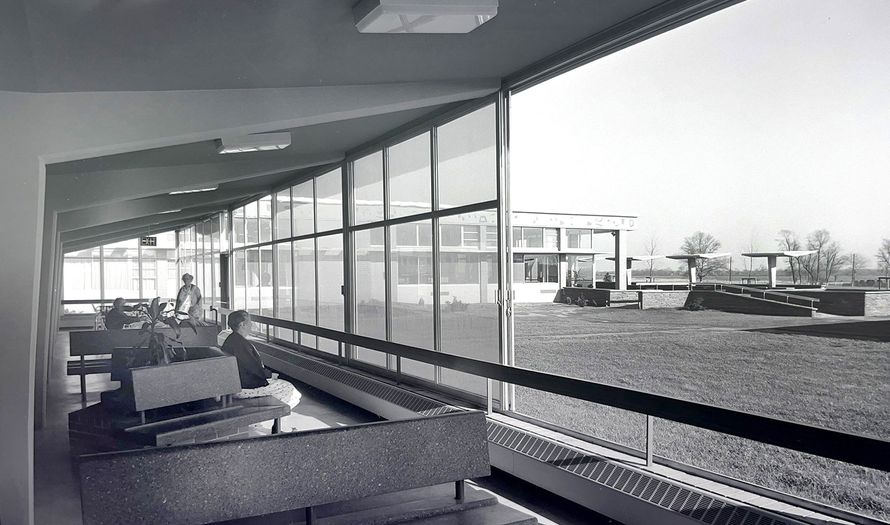

“As a Philadelphia firm, we’re honored to be making an impact on the city we call home.”
Creating Pathways to Wellness
Philadelphia Mayor Cherelle L. Parker called the project a “pioneering facility for Philadelphians in recovery,” underscoring its role as both a healing environment and a community anchor. Riverview Wellness Village exemplifies how integrated design and coordinated care can address the intertwined challenges of addiction, homelessness, and chronic illness—setting a precedent for cities nationwide.
“This beautiful property is not merely housing— Riverview represents hope, healing, and a new era of collaboration and care in Philadelphia.”
Cherelle L. Parker
Mayor, City of Philadelphia
Lowering Carbon Emissions Through Reuse
By renovating existing buildings rather than constructing new ones, the project avoided the significant carbon output associated with demolition and new construction. Reuse reduced the need for manufacturing and transporting carbon-intensive materials while also accelerating the delivery schedule and maximizing value for the city.
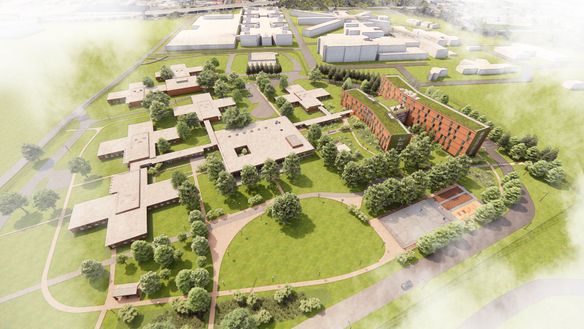
Wellness Ecosystem Initiative
The project is part of Philadelphia’s Wellness Ecosystem Initiative, which includes multiple phases of Riverview Wellness Village. It represents a historic effort to bring new focus, collaboration, and resources to address the entrenched problems of substance use disorder and homelessness. Read more about the centerpiece of the Riverview campus, Elmswood Cottage.
